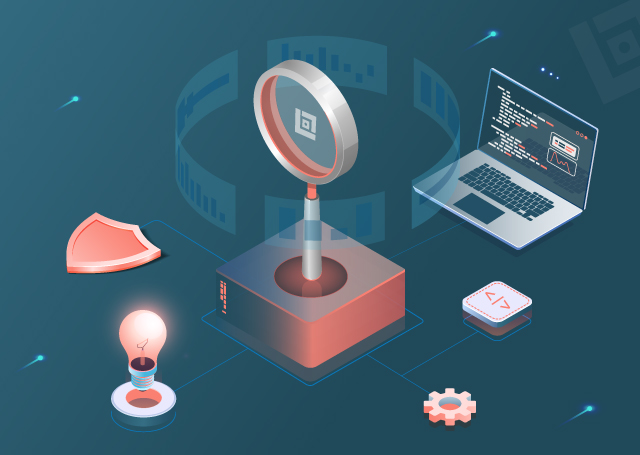
Without high-quality defect tracking tools, monitoring software bugs is impossible. No engineer can track each and every defect in his or her head, nor with a single spreadsheet. Bug tracking allows teams to focus on priority issues that directly affect the quality of the software, and communicate about them more effectively.
The list below outlines several of the most popular defect tracking tools used in QA services:
JIRA is a comprehensive defect tracking tool that also features add-ons for test management. It is versatile and suitable for companies of all sizes. JIRA allows users to track bugs, generate reports, and create tests, test suites, and test cycles.
Bugzilla is developed and supported by Mozilla. With Bugzilla, users can effectively track defects, perform advanced searches, schedule reports, find duplicate bugs, file and modify bugs via email, track time, and send attachments and comments to other users.
Mantis BT is a versatile defect tracking tool that also allows users to communicate about and track multiple projects. Features include an integrated wiki, chat capability, RSS feeds, source code integration, mobile support, email notifications, and much more.
Zephyr supports all common defect tracking features (bug tracking, creation of test suites and cycles, and reporting). It can also integrate with JIRA, allowing for end-to-end metrics, use of existing systems, and complete reporting of tests, defects, and requirements.
Visual Studio Team Foundation Server (TFS) allows for the tracking of defects, requirements, tasks, and various testing scenarios. It also offers version control, Agile planning and collaboration, build management, and web-based test case management.
Selecting the right defect tracking tool for your company will provide a number of benefits, such as:
- Fast release of high-quality software. Defect tracking helps you identify and repair the bugs that are causing breakage and inefficiencies in your product. Additionally, these tools will help you track the efforts of your QA team for streamlined management of your QA services.
- Improved ROI. Priority issues are always evident when using defect tracking tools. Your development team will focus on essential areas and devote less time to low-priority items, effectively reducing the cost of development and organizing the way the team works.
- Better communication and team connectivity. Most tools provide a communication infrastructure for your team. Chat interfaces, attachment capability, and email notifications are just a few of the features that reduce friction between QA and development teams. Learn how to see extra value from your QA team.
- Increased productivity. When engineers are able to identify, track, and repair software defects, they take “ownership” of the bug and are encouraged to do more of the same. The peer-to-peer interface of most tools lets engineers monitor each others' achievements, promoting productivity and collaboration.
Did we miss any other common defect tracking tools in this list? Leave a comment below and let us know. Visit us at QASource to learn more about outsourced QA services.



